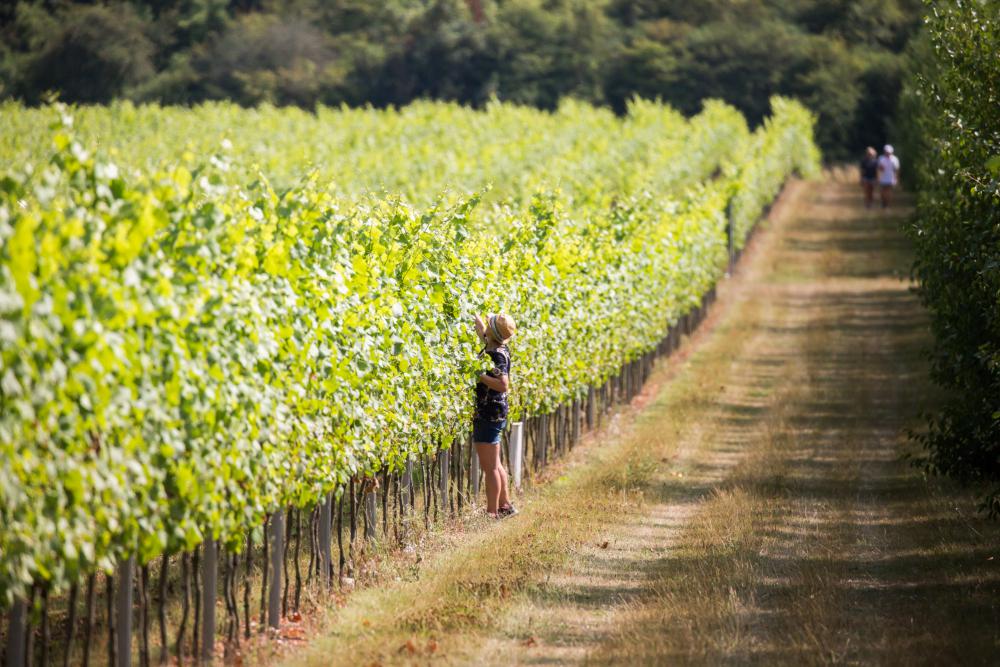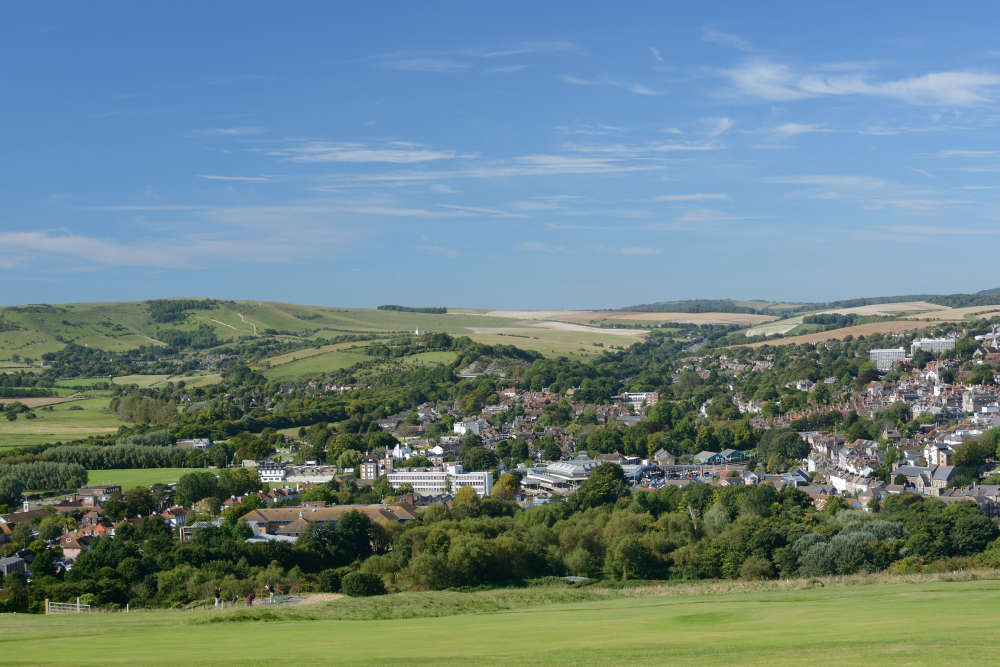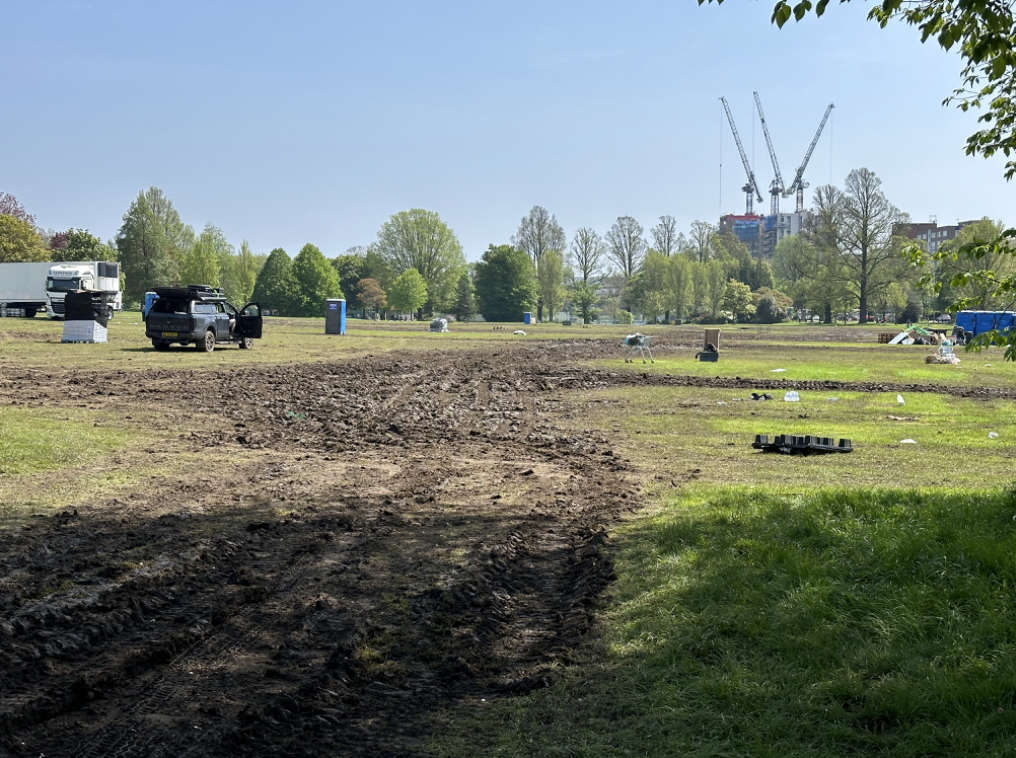
Officials working for the South Downs National Park said today the area has "huge potential" to become a major winemaking hub for the UK.
They were echoing some of the conclusions of a new report from a consultancy, commissioned by National Park bosses.
Wine experts have already said that the South Downs has produced good wines, using its chalky soils (similar to some found in northern France) and its propensity for receiving more sunshine than many other parts of the British Isles.
But this new study, from Vinescapes, states the potential for vastly more viticulture may be significant — bringing the possibility of hundreds of new jobs and millions of pounds-worth of investment to rural economies in Sussex and parts of Hampshire.
The publication of the study today (June 21) was accompanied by key new planning guidance for current and potential winemakers — recognising that any increase in vineyards must protect and enhance what officials called the "treasured landscape" of the South Downs.
It must help biodiversity, too.
Key findings of the report, carried out independently by Vinescapes, and published through the South Downs National Park Authority, are:
- There has been a 90 per cent increase in vineyard coverage in the South Downs National Park since 2016, with around five new vineyards planted every year.
- There are now 51 vineyards and 11 wineries in the National Park, employing 358 people, attracting approximately 33,000 visitors a year and contributing directly around £24.5 million to the local economy and £54m to the wider economy
- Currently around 0.4 per cent of farmland is used for viticulture – but 34 per cent could be suitable for vineyards.
- The study identifies 39,700 hectares of land in the South Downs National as being suitable for viticulture. If just one-tenth of this land (3,970 ha) were to be converted for growing grapes, this would represent an area larger than the current UK viticulture sector (3,500 ha in 2019) and more than 22 million bottles of wine could be produced annually. (2.5m are currently produced annually)
- The average spend per visitor in the National Park is currently around £62.
- If vineyard area and wine production in the National Park doubles, to almost 1,000 ha, the study estimates 800 people (full-time equivalent jobs) could be employed, an annual contribution to the wider economy of £127 million could be provided, and 75,000 tourists could visit each year.
Nick Heasman, a Countryside and Policy Manager for the Authority, said:
“Commercial vineyards have existed in the National Park area since the 1950s, and there are references to vineyards in the region going back to Roman times.
“Then, as now, the special nature of the South Downs National Park provides a working landscape that helps produce world-class wines.
“This study is really important – in terms of improving our understanding of the current viticulture sector in the National Park and also the potential for wine-making to grow sustainably.
"Climate change is undoubtedly having an impact and, with warmer summers predicted in the future, we know farmers and land managers may be looking at grape-growing opportunities on their land.
“More viticulture undoubtedly has the potential to help our local communities thrive and prosper, but at the heart of our thinking is that any growth must be environmentally sustainable.”
Following on from this study is the planning guidance, called a Technical Advice Note, which will help shape any future viticulture.
The guidance recommends any future proposals are landscape-led and must deliver multiple benefits for the National Park, including creating space for nature (such as planting trees and wildflowers) and helping to protect soils and watercourses (by reducing pesticide use, for instance).
Lucy Howard, Planning Policy Manager for the National Park Authority, explained:
“This useful planning guidance is aimed at current and prospective winemakers.
"It forms a framework for how viticulture could expand in the National Park over the coming years, while also delivering benefits for landscape and biodiversity.
"The South Downs National Park is known for its inspirational landscapes, sense of place and rich history.
"This marries up with the philosophy of winemaking where for centuries, vineyards and wine producers have drawn on landscape character, soils and a sense of place or terroir to impart or explain the difference and uniqueness of their wines.”
The South Downs For Winemakers In Brief:
- Vineyards in the South Downs National Park currently cover 436 hectares, which represents 12 per cent of the total area of vineyards in the UK.
- The chalky soil creates perfect conditions for growing grapes. The chalk of the South Downs is part of the same geological formation that extends across the English Channel into France, where it serves, most notably, to grow Chardonnay and Pinot Noir in the Champagne region.

 Teenager In Custody On Crawley Attempted Murder Charge
Teenager In Custody On Crawley Attempted Murder Charge
 Appeal Following Assault In Hastings
Appeal Following Assault In Hastings
 Road Closed As Armed Police Attend Incident In Worthing
Road Closed As Armed Police Attend Incident In Worthing
 Lewes District Council Placed In Planning Special Measures
Lewes District Council Placed In Planning Special Measures
 ‘Life-Changing’ Medication For Asthma Patients Now Available In Sussex
‘Life-Changing’ Medication For Asthma Patients Now Available In Sussex
 Arms Factory Demonstrator Disrupts Brighton & Hove Council Meeting
Arms Factory Demonstrator Disrupts Brighton & Hove Council Meeting
 Patients Forced Into 'Pharmacy Bingo' - As Survey Says Medicine Shortages 'Beyond Critical'
Patients Forced Into 'Pharmacy Bingo' - As Survey Says Medicine Shortages 'Beyond Critical'
 Appeal for information After Man Dies In Hastings Collision
Appeal for information After Man Dies In Hastings Collision
 Wealden To Hold National Dementia Action Week This Month
Wealden To Hold National Dementia Action Week This Month
 Brighton Food Festival To Be Charged For Mud Bath
Brighton Food Festival To Be Charged For Mud Bath